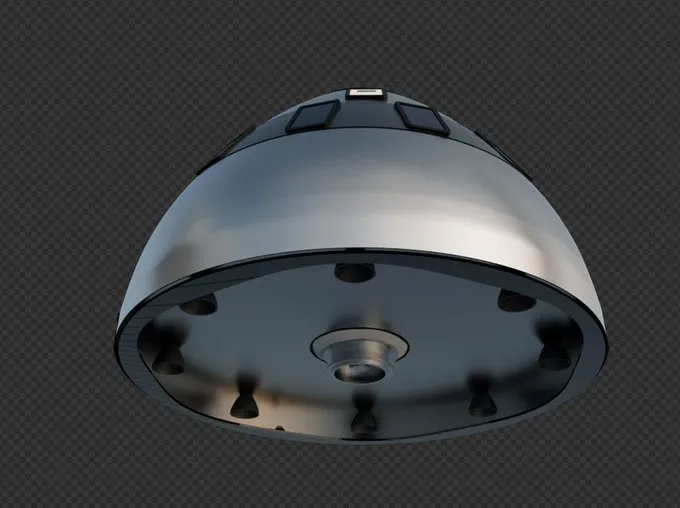Escape Engines (n. pl.)
Pronunciation: /ɪˈskeɪp ˈɛndʒɪnz/
Etymology: Derived from "escape," from Latin ex ("out") and cappa ("cloak"), meaning to break free, and "engines," from Latin ingenium ("device"), referring to mechanical propulsion systems. The term describes specialized engines designed for emergency detachment and safety in spacecraft.
Definition: A set of high-thrust propulsion units integrated into the Crew Nose of the Modular Starship, enabling rapid detachment and safe evacuation of the crew during launch, orbit, or re-entry emergencies. These engines ensure the Crew Nose can maneuver independently to safety or dock with rescue vessels.
Origin: The concept of Escape Engines on the Crew Nose was introduced in a 2024 post by KiwiThinker, as part of the Modular Starship design. It aligns with advancements in crew safety protocols, inspired by the Falcon Crew Dragon and SpaceX’s Starship test flights in 2024 and 2025, which emphasized reusable crew modules.
Example: "During the simulated launch failure, the escape engines fired, propelling the Crew Nose safely away from the Modular Starship."
Related Terms: Crew Nose, Modular Starship, reusability, space tourism, detachable module.
